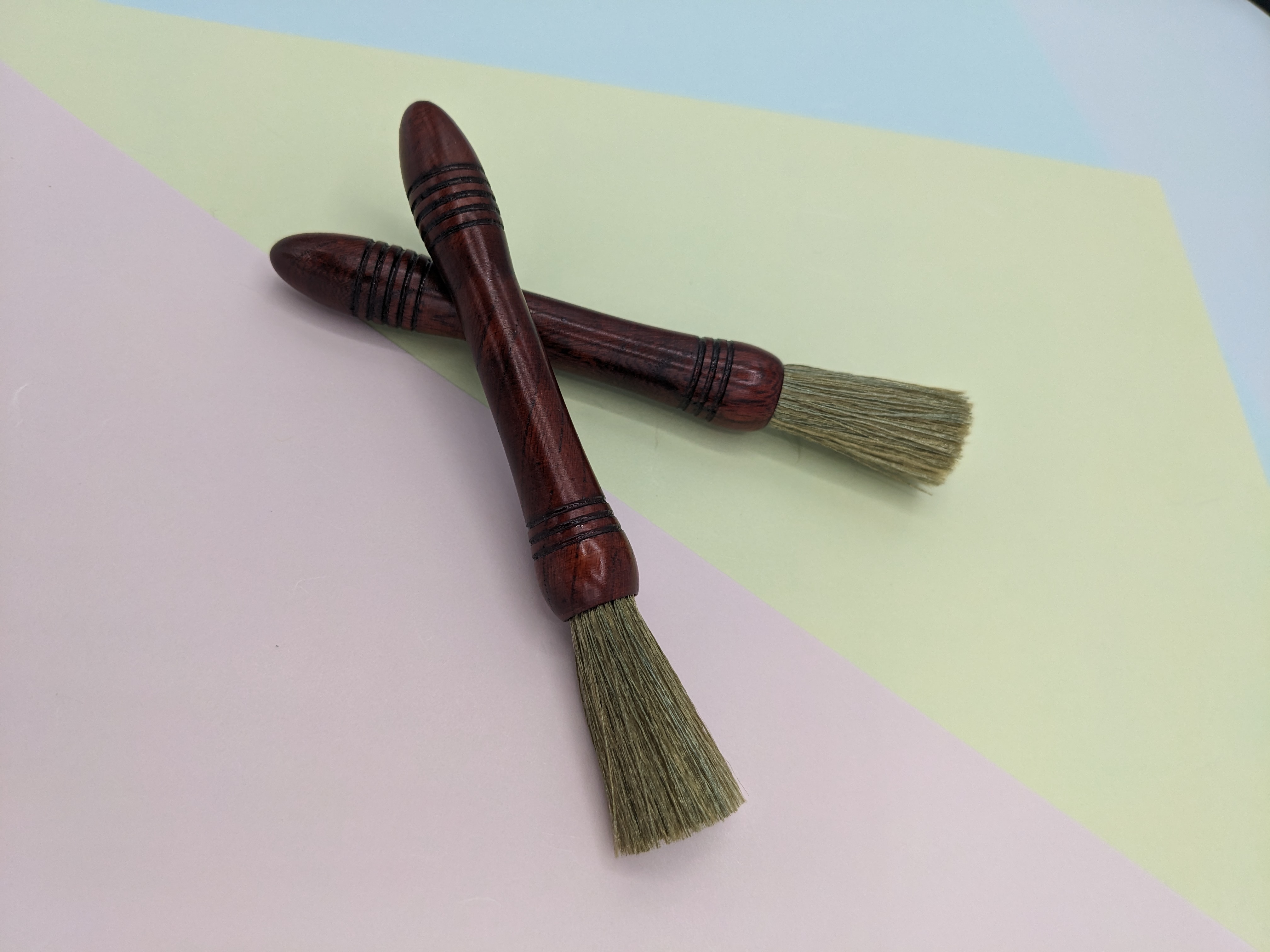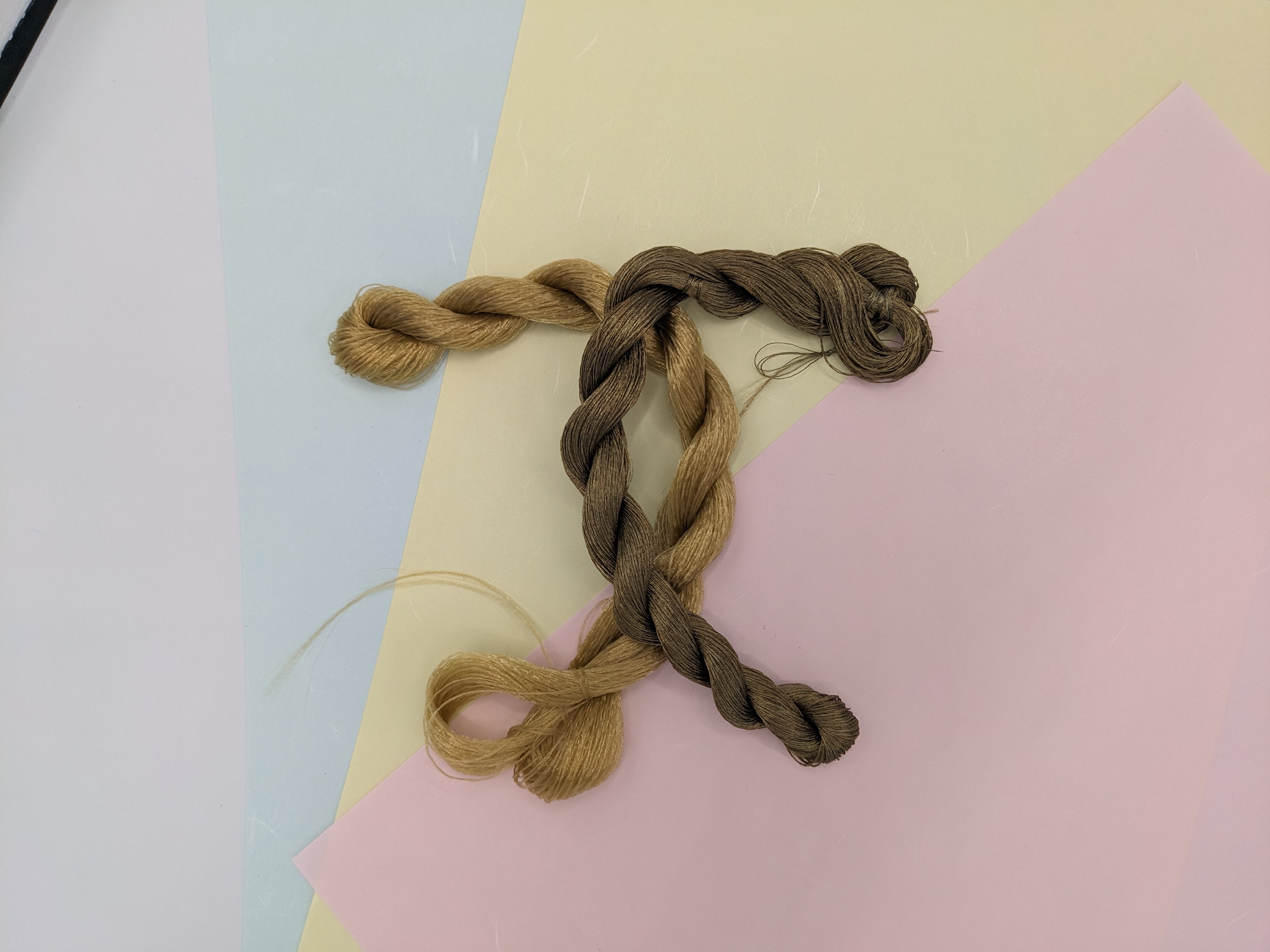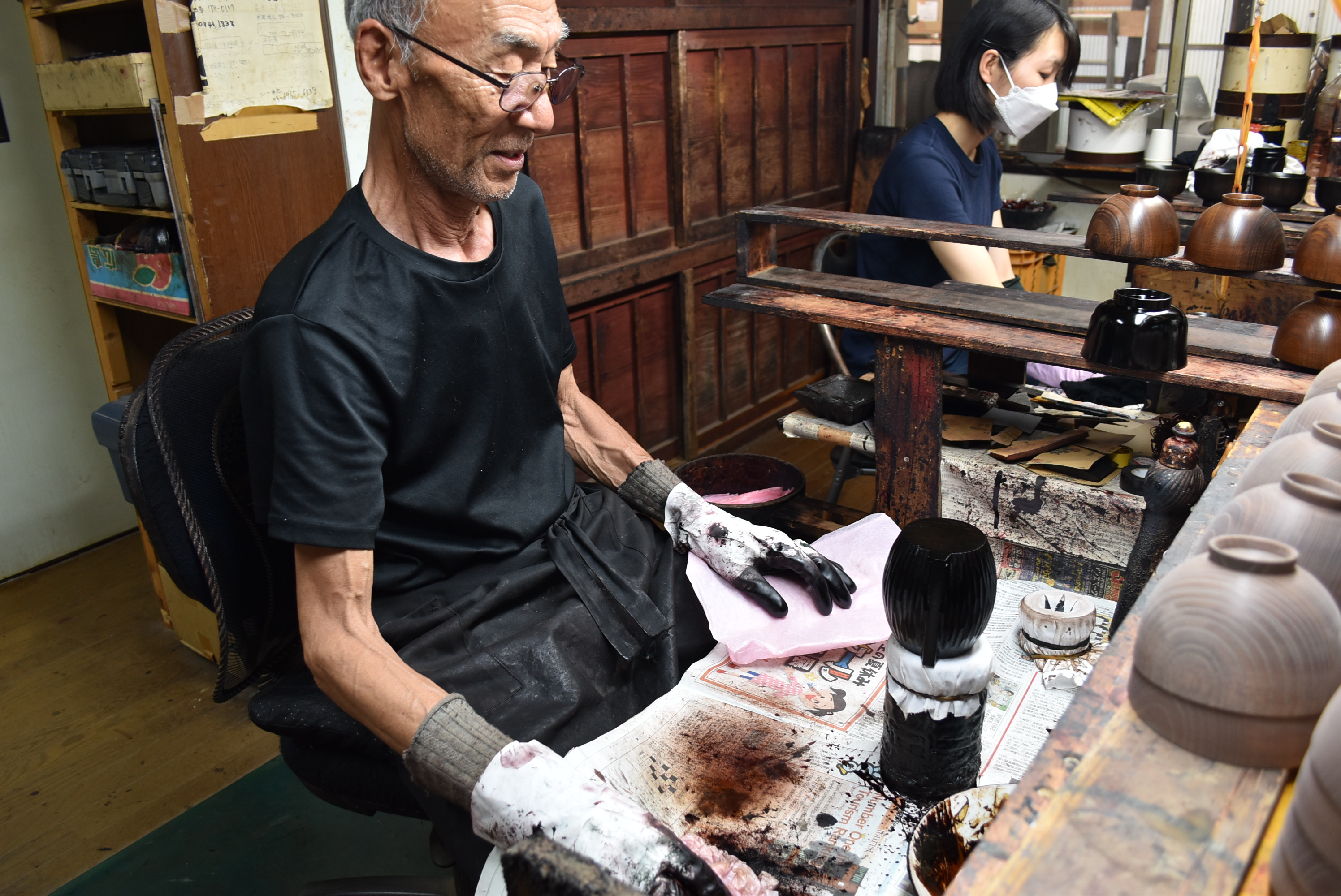<<Features>>
The product is rich in conductive fibres and has an excellent static elimination performance.
Fine synthetic fibres (0.1 mm or less in diameter) make dust to be removed easily and gently.
The handle fits in the hand very well as it is made of natural wood used for Yamanaka lacquer (a traditional Kaga craft).
<<Usage>>
Cleaning of monitors, keyboards, and other items that tend to attract dust.
<<Prohibited usage>>
Electrical outlets and other items that are energized.
<<Fibres of the duster>>
Nylon fibers and conductive fibres are used for this duster.
Nylon fibres are resistant to abrasion and friction, and have excellent restorative properties after deformation.
The cross-sectional shape of fibre is round, which can follow to softer and more delicate movements, and its thickness is ideal for cleaning.
Conductive fibres are using a special technique to bond copper sulfide to the surface.
Its feature is that even where dust is difficult to remove because of static electricity, such as monitor screens, it can be easily removed by electrically neutralizing the dust using the static elimination principle.
We weave these fibres together and combine them with special adhesive fibres to prevent the filaments from falling out.
<Caution>
This duster has very high conductivity.
Never use the product in an energized area such as an electric outlet, as this may cause malfunction or fire.
<<Handle of the duster>>
Lacquerware used to be called “japan”, just as ceramics are called “china”.
As the world’s oldest surviving wooden buildings show, construction and crafts using wood have been widely practised in Japan since ancient times, and from the late 16th century onwards, much of the “japan” was exported to the West.
High-quality lacquerware production is still practised today as a traditional craft.
This brush handle was produced by Nishimoto, Co Ltd, in Yamanaka area. One of the three major lacquerware production areas.
The material is logs collected and auctioned from all over Japan.
Wood has different properties depending on its type and origin, and the zelkova used for this brush is known as a high quality material due to its beautiful grain and durability.
It is mainly used where high quality is required, such as in the construction of temples and shrines and traditional crafts.
In recent years, the price of this zelkova has also risen due to the soaring timber prices, known as wood shock.
Even such expensive zelkova always has a void around the centre, which must be avoided.
Also, in order to make the finished product look beautiful, the layout of the materials that will be used for the product is determined based on the grain of the wood.
The offcuts that were generated no matter what was used to dry the wood that would be burned and used as materials.
This duster was daringly produced using scraps of this high-grade zelkova wood with the aim of realising the SDGs.
After being shaved by traditional rokuro-hiki ( like a lathe ), the precious natural lacquer, of which only a small amount can be obtained from a single piece of lacquerwood, is applied over and over again by a skilled craftsman using a technique called fuki-urushi.
This coating exhibits very good resistance to acids, alkalis, salts, heat and bacteria.
Lacquer also takes a long time to slowly harden and improve its performance.
Yamanaka Lacquerware Official Site
https://www.yamanakashikki.com/
NISHIMOTO Co., Ltd.
http://www.nishimoto-urushi.co.jp/












